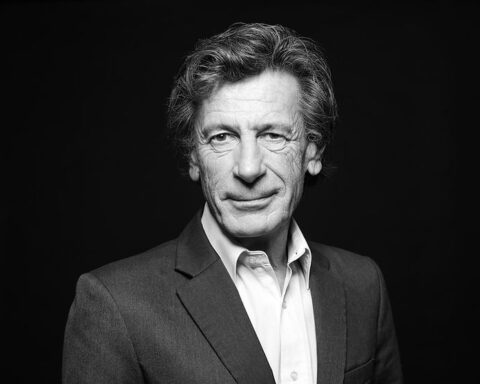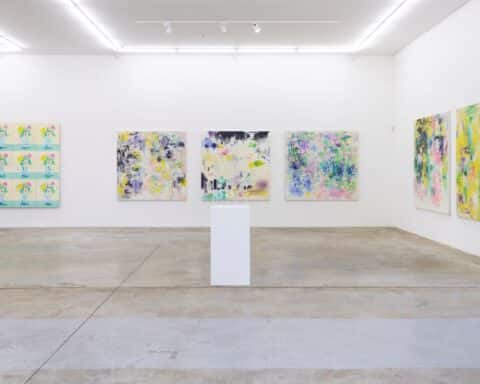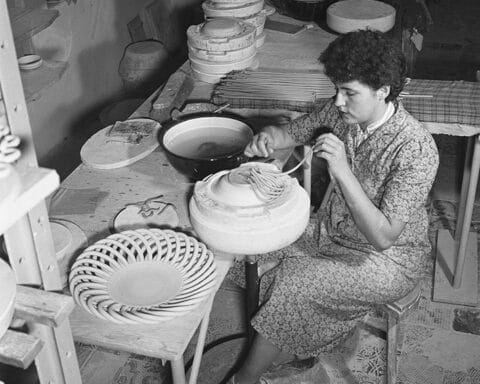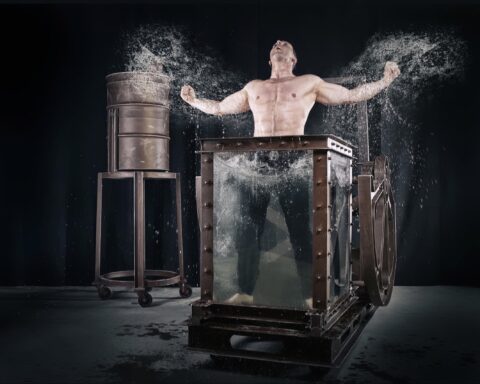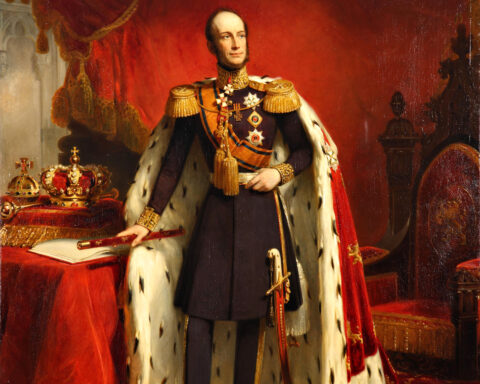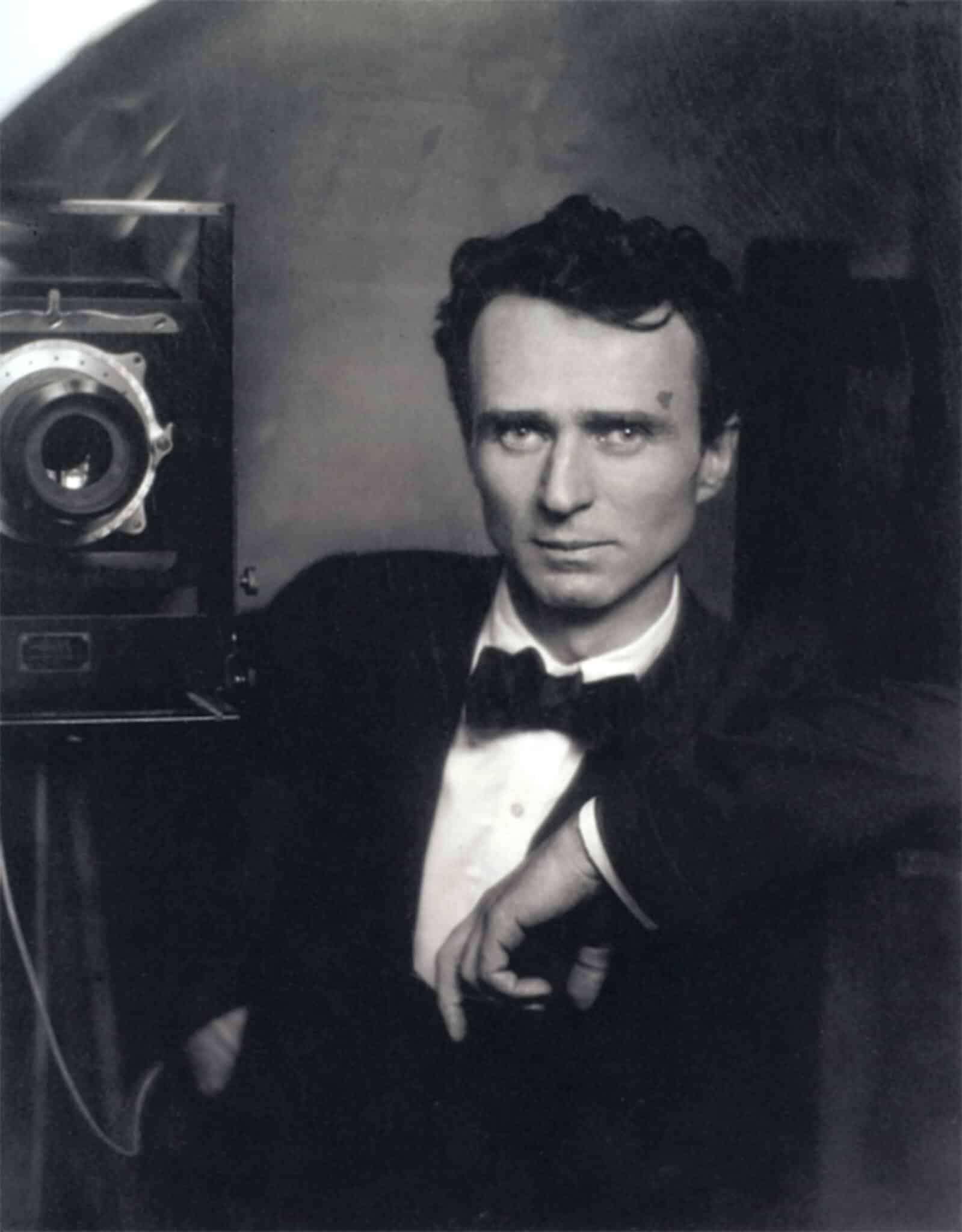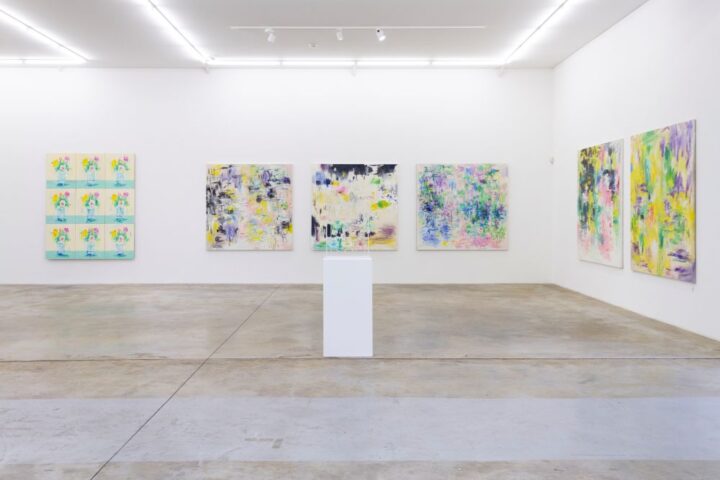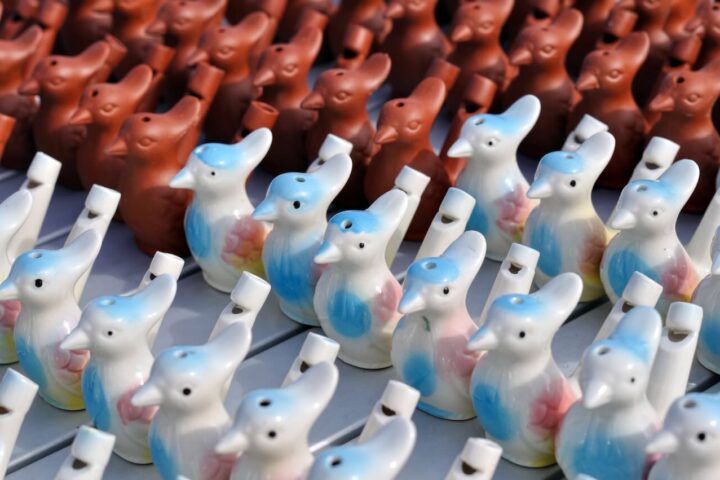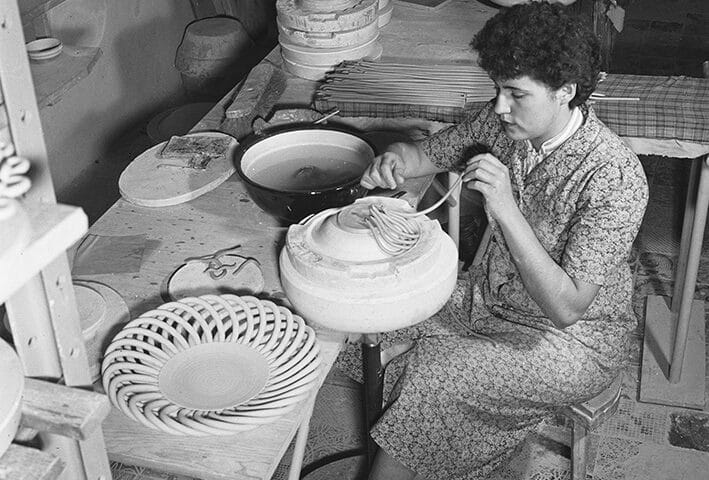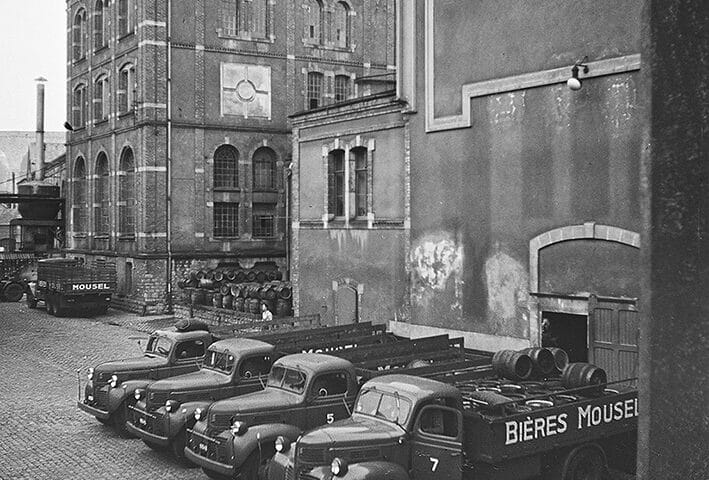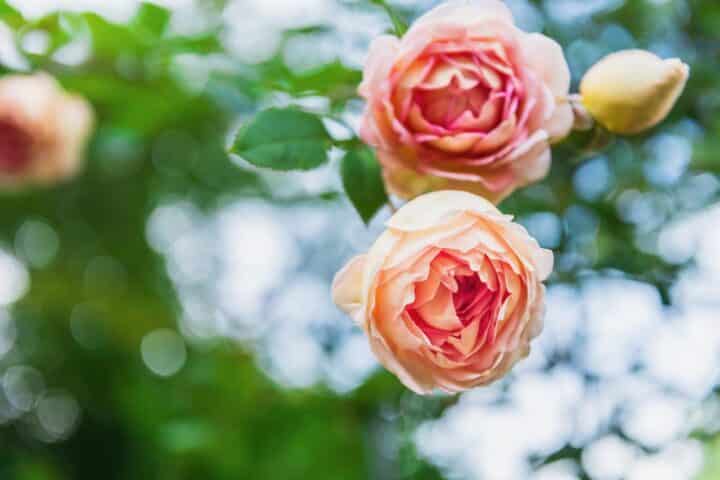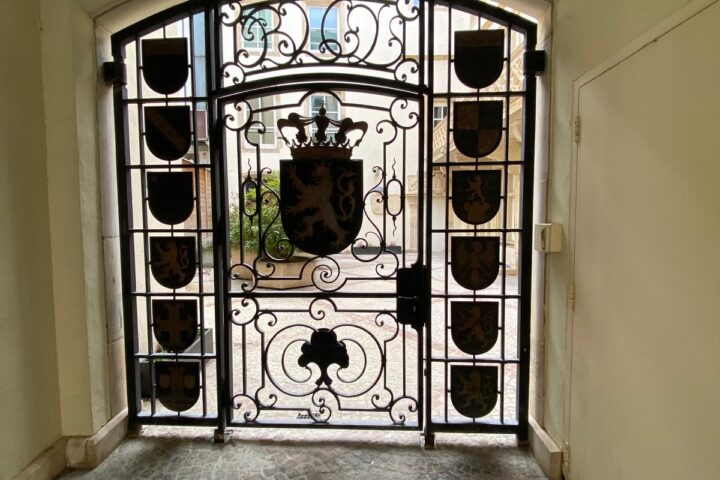Luxembourg-born American photographer Edward Steichen (1879-1973) photographed the 20th century with a passionate eye. Here is a quick look back at his work.
Rodin in the frame
The first notable achievement of Luxembourg-American photographer Edward Steichen came while he was living in Paris in 1902, at the age of 25. He immortalised Rodin in his Meudon workshop in a critically acclaimed portrait, capturing the venerable sculptor’s shadow facing his most famous statue, ‘The Thinker’. Steichen was soon photographing the most prominent people of the time, including Theodore Roosevelt, Jean Jaurès, Matisse and Picasso. Upon his return to New York in 1904, Steichen founded the Photo Secession group as well as Camera Works magazine with his friend Alfred Stieglitz. The artist photographed landscapes and objects in a pared-down style that was uncommon at that time. In ‘The Pond-Moonlight’, Steichen created a black and white photograph with a unique colouring effect. In 2003 a print would be sold for $2.9 million, making it at that time the most expensive photograph in the world.
‘The Family of Man’ exhibition
In 1923, Steichen became artistic director for both Vogue and Vanity Fair. Over 15 years, the artist transformed fashion photography to resemble paintings, with the model becoming the object of desire wearing the clothing. Greta Garbo, Charlie Chaplin, Marlene Dietrich, Gary Cooper, all the celebrities flocked to pose for him. Steichen then became director of the photography department at the Museum of Modern Art in New York and gained fame with his 1955 exhibition, ‘The Family of Man”. This ode to life, love and death, comprising 500 photos from 273 photographers from across the globe, was a massive success, viewed by 9 million people around the world.
“This ode to life, love and death, comprising 500 photos from 273 photographers from across the globe”
The Edward Steichen Award
Steichen photographed the 20th century until his death in 1973, with a curiosity that led him to experiment with different styles and genres. He is also remembered as an artistic link between Europe and the United States, who according to legend introduced the Impressionists and Rodin to America, while certainly doing much to make Cartier-Bresson and Doisneau known overseas.“Photography is the best medium to explain mankind to himself and to his fellow man,” Steichen said, explaining his art’s universal reach. In 2004, the Grand Duchy created the Edward Steichen Award to honour emerging European artists, the most recent winners of which are Maria Loboda and Claudia Passeri.


